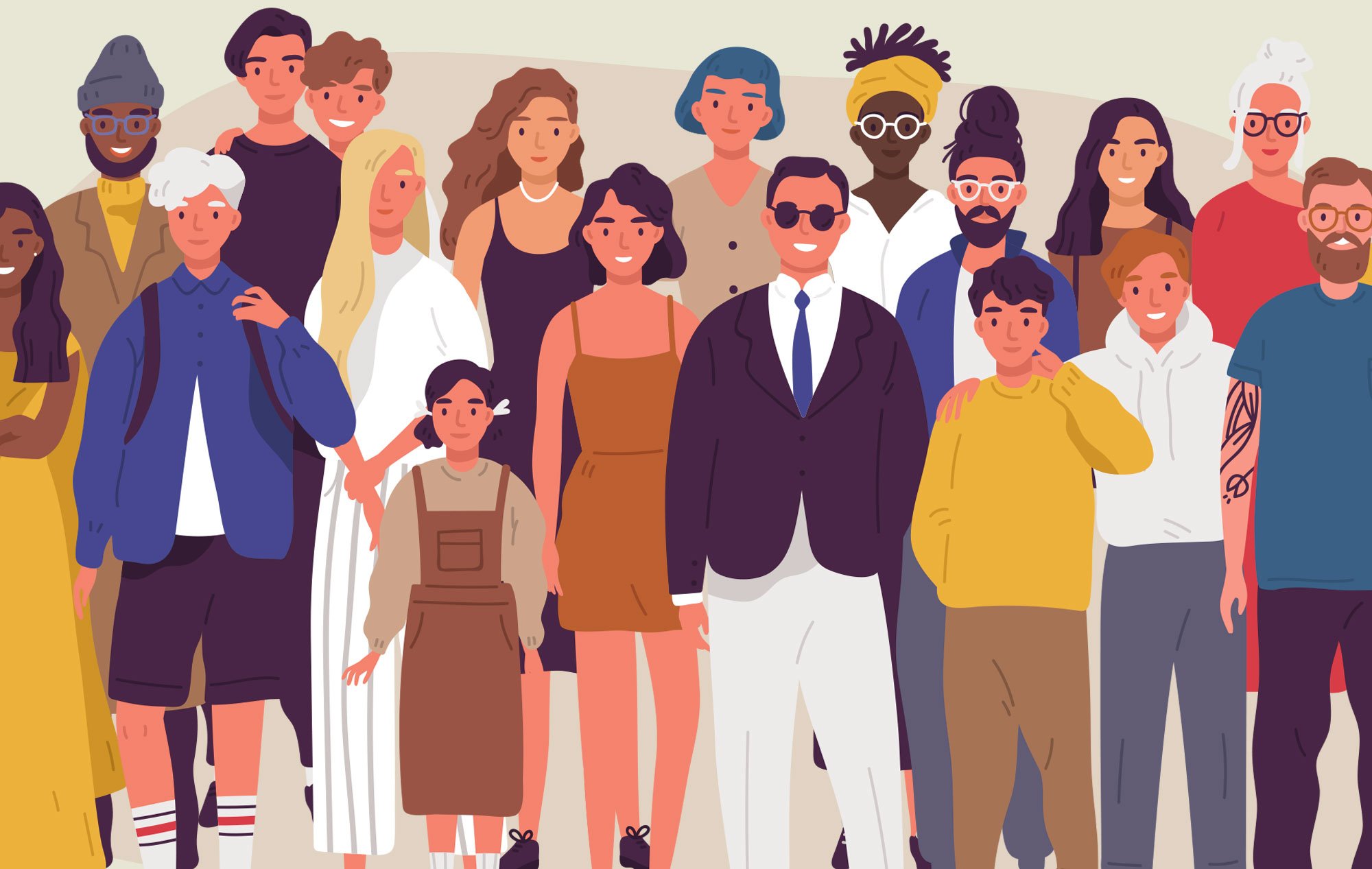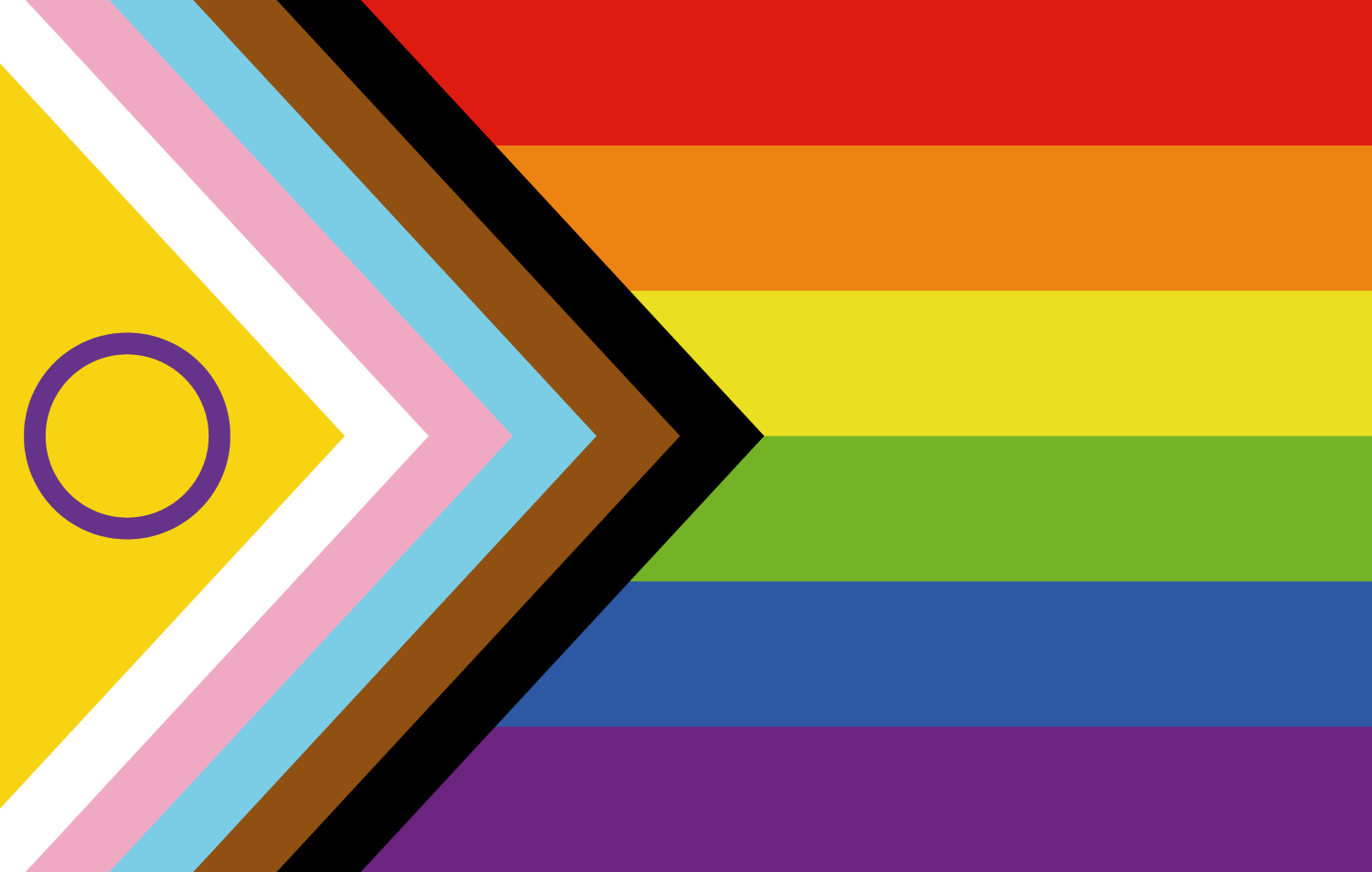Are LGBTQ Rights a Social Issue? Understanding the Fight for Equality
Are LGBTQ Rights a Social Issue? Understanding the Fight for Equality

Table of Contents
Introduction: Defining LGBTQ Rights as a Social Issue
Yes, LGBTQ rights unequivocally represent one of the most pressing social issues in contemporary America. A social issue is defined by widespread concern affecting significant portions of society, requiring collective action and policy intervention. LGBTQ rights meet this definition on multiple fronts—from employment discrimination to healthcare access, housing inequality to personal safety.
According to a comprehensive 2022 survey by the Center for American Progress, more than 1 in 3 LGBTQ adults experienced discrimination in the year prior to taking the survey, compared to fewer than 1 in 5 non-LGBTQ individuals. These disparities extend across virtually every aspect of daily life, creating systemic barriers that affect millions of Americans.

The social dimensions of LGBTQ rights encompass legal protections, public attitudes, institutional policies, and cultural acceptance. As of 2024, only 23 states have laws explicitly protecting LGBTQ people from discrimination in employment, housing, and public accommodations—leaving millions without basic civil rights protections.
Discrimination: The Core Social Challenge
Violence and Safety Concerns
Physical safety remains a fundamental concern for the LGBTQ community. Recent statistics reveal that LGBT people are four times more likely to experience violence than their heterosexual counterparts. FBI data from 2019 shows a disturbing rise in anti-LGBTQ hate crimes, with transgender individuals—particularly transgender women of color—facing the highest risk. In 2020 alone, a record-breaking number of murders occurred against transgender people.
Beyond physical violence, LGBTQ individuals regularly encounter online threats, harassment, and comments denying their humanity and right to exist. This pervasive hostility creates an environment where 78 percent of LGBTQ respondents report taking at least one action to avoid discrimination, such as hiding personal relationships, changing their appearance, or avoiding public spaces entirely.
Intersectional Discrimination
The impact of discrimination intensifies at the intersection of multiple marginalized identities. LGBTQ people of color face elevated discrimination rates both within and outside the queer community. According to research, 45 percent of LGBTQ people of color reported experiencing discrimination in the past year. Similarly, LGBTQ individuals with disabilities reported discrimination at rates reaching 47 percent, while transgender or nonbinary individuals faced discrimination at 56 percent—and intersex individuals at a staggering 67 percent.

Healthcare Disparities and Access Barriers
Cost Prohibits Access
Healthcare access represents a critical social justice issue for LGBTQ Americans. More than 1 in 3 LGBTQ adults reported postponing or avoiding medical care due to cost in the past year—a rate significantly higher than their non-LGBTQ counterparts. For transgender and nonbinary respondents, this figure climbs to more than half, with 51 percent delaying necessary medical care because of affordability concerns.
Insurance coverage gaps exacerbate these challenges. LGBTQ adults are twice as likely as non-LGBTQ adults to lack health insurance coverage (14 percent compared to 7 percent). Transgender individuals face even steeper barriers, with 22 percent reporting no health coverage.
Provider Discrimination and Mistreatment
Even when LGBTQ individuals can afford care, provider discrimination creates additional obstacles. More than 1 in 5 LGBTQ adults postponed or avoided medical care due to disrespect or discrimination from healthcare providers—rising to more than 1 in 3 for transgender or nonbinary individuals.
Approximately half of transgender or nonbinary respondents reported negative experiences with healthcare providers in the past year, including providers who were visibly uncomfortable, used harsh language, intentionally misgendered them, or refused care entirely. Thirty percent reported having to educate their doctor about transgender people to receive appropriate treatment.
Mental Health Implications
The discrimination LGBTQ individuals face takes a severe toll on mental health. LGBTQ people are more than twice as likely as non-LGBTQ people to rate their mental health as poor or bad (31 percent compared to 12 percent). More than half of LGBTQ adults reported that recent state-level debates about restricting LGBTQ rights negatively affected their mental health or made them feel less safe—a figure rising to 8 in 10 among transgender individuals.
Economic Security and Workplace Rights
Workplace Discrimination
Economic justice remains elusive for many LGBTQ Americans. Half of LGBTQ adults reported experiencing workplace discrimination or harassment in the past year because of their sexual orientation, gender identity, or intersex status. This includes being fired, denied promotions, experiencing wage theft, or enduring verbal, physical, or sexual harassment. For transgender respondents, workplace discrimination rates reach 70 percent.
The fear of discrimination causes many LGBTQ workers to hide aspects of their identity. More than 50 percent of LGBTQ workers report hiding personal relationships or romantic partnerships at work, while approximately one-fourth altered personal or professional behaviors to avoid discrimination.
Income Inequality
Despite higher employment rates, LGBTQ people earn less than their non-LGBTQ counterparts. Thirty-four percent of LGBTQ respondents reported annual household incomes below $30,000, compared to 25 percent of non-LGBTQ respondents. These disparities worsen for specific subgroups: 40 percent of LGBTQ people of color and 43 percent of transgender individuals earn less than $30,000 annually.

Housing Discrimination
Nearly 3 in 10 LGBTQ adults experienced housing discrimination or harassment in the past year due to their identity. This includes being prevented from renting or buying homes, denied mortgage loans, refused maintenance services, or experiencing harassment from landlords and neighbors. Transgender respondents (46 percent) and LGBTQ people of color (41 percent) face these challenges at even higher rates.
The Legislative Battlefield
The political arena has become increasingly hostile to LGBTQ rights. In 2022 alone, state lawmakers introduced more than 300 bills targeting LGBTQ rights—particularly those of transgender youth. These legislative attacks are inextricably linked to rising extremist anti-LGBTQ rhetoric, disinformation, and violence.
The current patchwork of state-level protections creates profound inequalities. While 23 states explicitly protect LGBTQ people from discrimination, millions in other states lack basic civil rights protections in employment, housing, healthcare, and public accommodations. This legislative inconsistency forces many LGBTQ individuals to make difficult decisions about where to live, work, and seek services.
Federal efforts to address these gaps, such as the proposed Equality Act, would provide comprehensive nationwide protections. However, political gridlock has prevented passage of such legislation, leaving LGBTQ Americans vulnerable to state-level discrimination.
Frequently Asked Questions
Are LGBTQ rights a social justice issue?
Absolutely. Social justice concerns fairness and equality in society. LGBTQ rights intersect with employment, healthcare, housing, education, and personal safety—all areas where systematic discrimination persists. The fight for LGBTQ rights is fundamentally about ensuring equal treatment and protection under the law.
Is LGBTQ rights a federal or state issue?
Both. While some federal laws and court decisions provide protections, comprehensive federal civil rights laws don't explicitly include sexual orientation and gender identity protections. This leaves many protections to state discretion, creating a patchwork where rights depend on geography. Only 23 states have explicit LGBTQ nondiscrimination laws.
Why are LGBTQ rights important to society?
LGBTQ rights matter because they affect real people's lives—their ability to work, access healthcare, find housing, and live safely. When any group faces systematic discrimination, it undermines democratic values of equality and dignity. Protecting LGBTQ rights strengthens civil rights protections for all Americans.
What are the biggest challenges facing LGBTQ people today?
Major challenges include workplace discrimination (50% experienced it in the past year), healthcare access barriers (1 in 5 avoid care due to provider discrimination), housing discrimination (29% experienced it recently), violence and hate crimes, lack of comprehensive legal protections, and the mental health toll of ongoing discrimination.
How does discrimination affect LGBTQ mental health?
The impact is severe. LGBTQ people are twice as likely to rate their mental health as poor (31% vs. 12%). For 58 percent of LGBTQ people who experienced discrimination, it moderately or significantly affected their mental well-being. Recent anti-LGBTQ legislation has negatively impacted the mental health of over half of LGBTQ adults.
Share This Article
Help spread awareness about LGBTQ rights as a critical social issue. Share this article with your network to educate others and promote understanding.